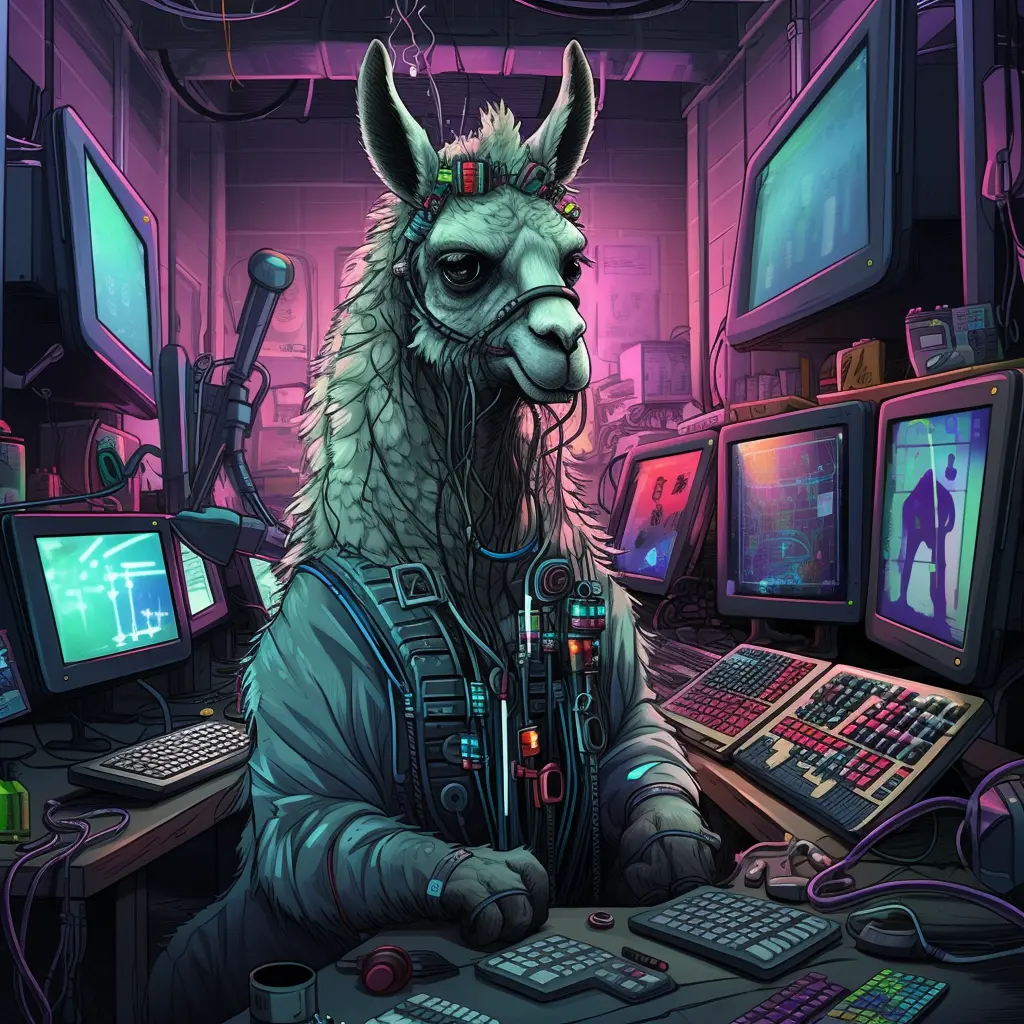https://huggingface.co/kalomaze/MiniSymposium-Demo
MiniSymposium is an experimental model that I created based on Mistral 7b. I created it attempting to test these goals:
- Demonstrate the untapped potential of using a small, focused dataset of handwritten examples instead of training on a large amount of synthetic GPT outputs, by lowering the learning rate and doing many passes over the small dataset
- Create a dataset that allows the model to explore different possible answers from multiple perspectives before reaching a final conclusion (‘Socratic prompting’?)
- Develop a model that performs well across various pseudo-markdown prompt formats, rather than overfitting to a specific kind of format such as ChatML, which should naturally benefit other general purpose use cases
The current trend in QLora/Lora-based finetuning (and finetuning in general for local LLMs) is to use large synthetic datasets. These are typically GPT-generated datasets trained with higher learning rates.
However, I believe there is a lot of potential in using small, hand-written datasets with low learning rates, even if it’s for general-purpose instruction following, as long as you train it for many epochs on a learning rate low enough to avoid overfitting.
This approach, I hypothesize, helps the model to learn the deeper patterns of instruction following , including the small details. This should help to avoid shallow data biases (like “As an AI made by OpenAI” and other GPT-isms) that are irrelevant to deeper instruction following patterns, especially in long context and multiturn scenarios.
My initial configuration for this QLora model used a constant learning rate of 1e-6 (0.000001), which resulted in obvious, massive overfitting after about 100 epochs. The model started reproducing the original dataset almost verbatim, and exhibited poor generalization across different prompt formats, including obvious hallucinations & also Chinese language outputs for some reason.
However, turning down the learning rate to 1/10th of (1e-7, which is 0.0000001) significantly improved the model with the same exact small dataset. I trained for about ~10 hours on my RTX 3060 to 600 epochs; I think it’s still a little undertrained, but I encourage people to try the demo model out in the meantime.
It’s designed to be very adaptable to different prompt formats and playing roles, and I’ve gotten some fun and sometimes surprisingly good outputs so far.
A few samples of the training data are formatted like this to help avoid blatant overconfidence in its outputs, to serve as a sort of self-correction mechanism:
Let me know how this model goes. There’s lots of merges of models that are all sort of doing the same thing, so I figured a more experimental approach would be appreciated. I think there is still more optimization for LR/epoch balance, and I’ll probably add some more examples of specific tasks like Summarization in the dataset so that it’s not *too* small (but still lightweight enough to generalize well).


Good info thanks for that!